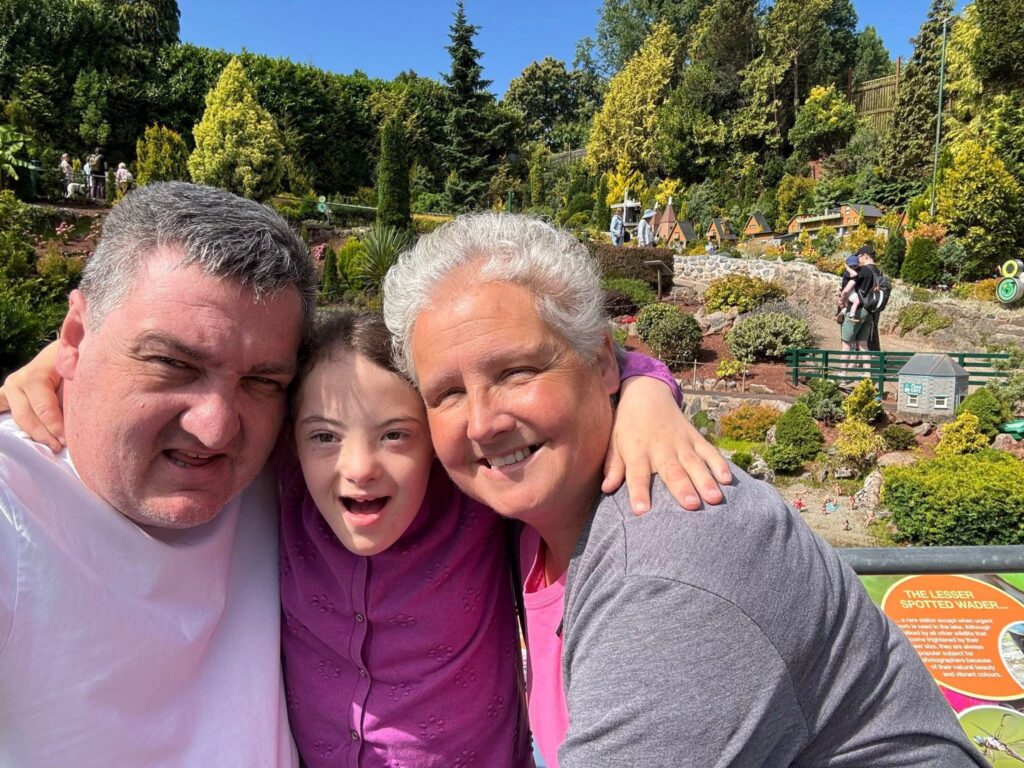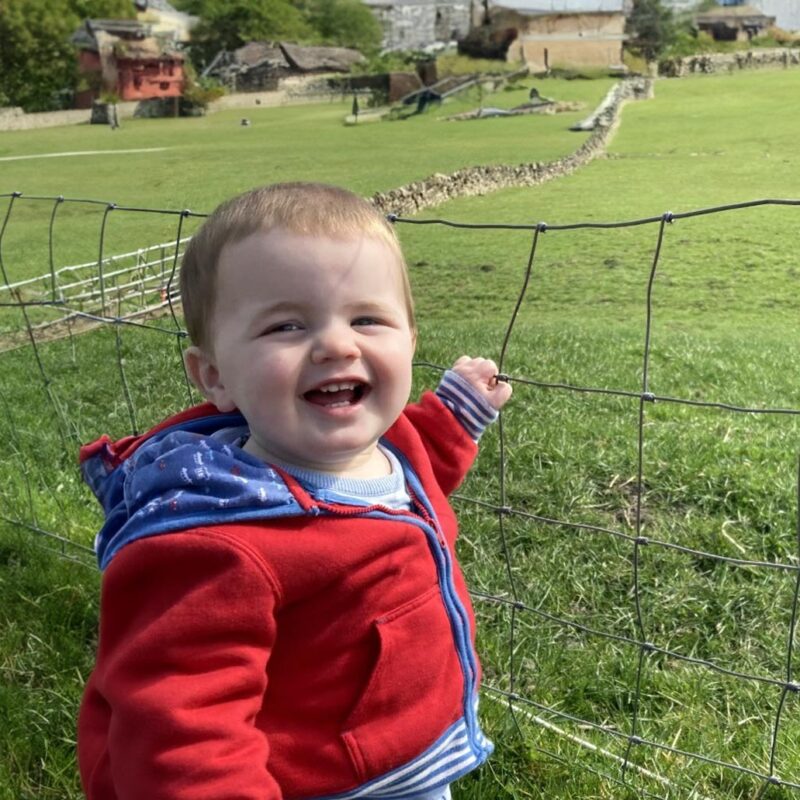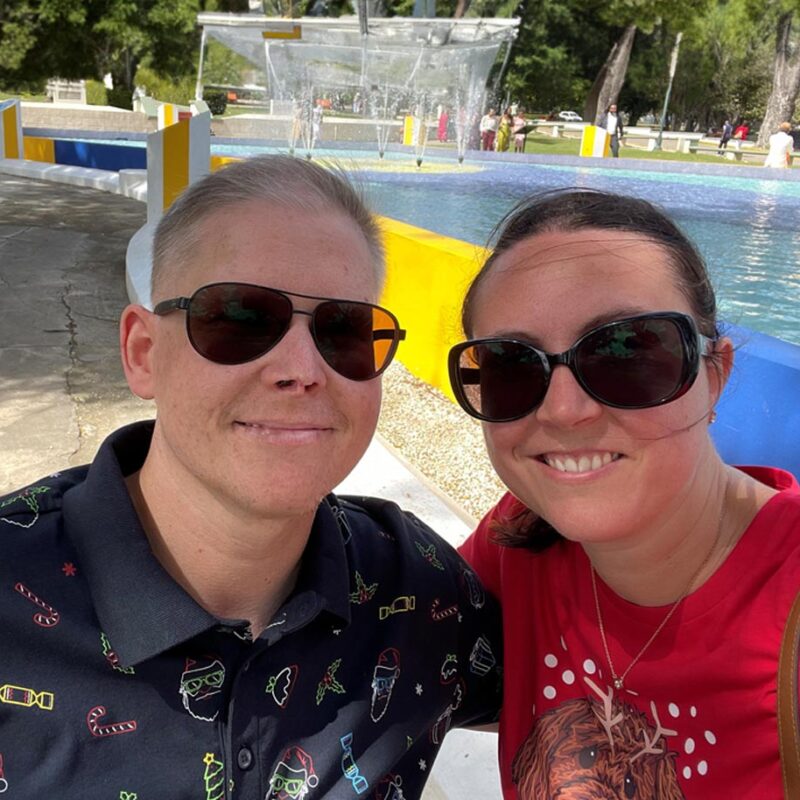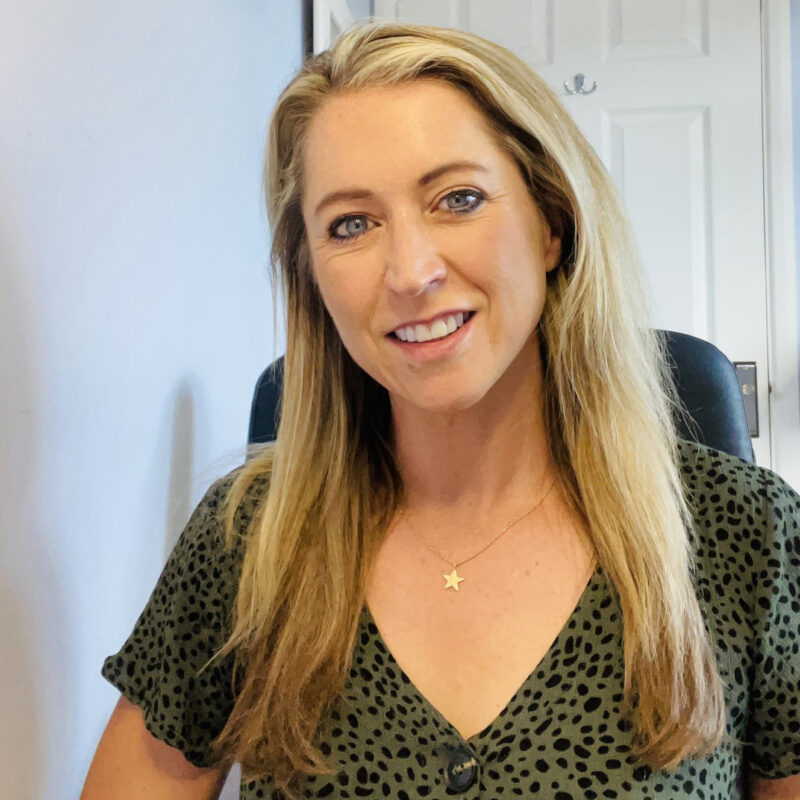Cerys Caudle has Down syndrome and has survived sepsis twice.
Her mum Patsy is calling for greater awareness of how sepsis can present differently in children with additional needs, and urges other parents to trust their instincts when something feels wrong.
When Patsy Caudle, from Wendover, gave birth to her daughter Cerys on 17th December 2014, she already knew there might be complications. Prenatal testing had suggested Cerys may have Down syndrome.
Cerys arrived on her due date after a very fast labour, but was a little “blue and floppy”, so was taken straight to NICU for oxygen support and monitoring.
Patsy had warned her midwife during pregnancy that she was a Group B Strep carrier and would need antibiotics during labour to protect her baby. She claims those concerns weren’t acted on.
“They told us not to come in straight away when labour started because they were very busy,” said Patsy. “In the end my labour was so fast there wasn’t time to give me the antibiotics.”
Because Patsy’s waters had leaked in the 24 hours before delivery and Cerys had arrived quickly, doctors gave her precautionary antibiotics for the first 48 hours.
But by the next day, blood tests suggested something more serious might be going on. The team requested permission to do a lumbar puncture to rule out meningitis, but the procedure had to be abandoned after Cerys kept desaturating.
“They changed her antibiotics to cover both meningitis and sepsis,” said Patsy. “We didn’t even realise it was sepsis until we got her discharge notes.”
Cerys spent 16 days in hospital and came home with a nasogastric feeding tube, hearing difficulties and a confirmed diagnosis of Down syndrome.
“She’d already been through so much, and she was only two weeks old,” said Patsy.
Cerys is non-verbal and has severe learning difficulties, along with autism, ADHD and hearing loss in one ear. Patsy says many children with Down syndrome experience delays, but she has always wondered whether the early sepsis infection might have contributed to her daughter’s development.
“She’s much more delayed than many of her peers with Down syndrome,” said Patsy. “We’ll never really know if the sepsis played a role.”
“Cerys has always had a cheeky character but as her development is so delayed at times her antics were funny rather than naughty as it took her so long to get to the milestones where mischievousness appeared. Whilst her behaviour can be difficult to manage there is usually a reason for it and when she’s calm she can be a delight to be around.

Cerys loves rollercoasters
“She had her NG feeding tube for a year to top up her fluids. She didn’t learn to walk until she was nearly five years old, which was a combination of developmental delays, hypermobility, hypotonia and knee dislocations. Her speech is severely delayed and very early on in a mainstream pre-school it became obvious she needed to be in a specialist setting. As a very young child she had lots of therapies so we made sure we took her out to fun places so she’d have a childhood,” said Patsy.
Eight years later, in December 2022, Cerys developed a chest infection in the run-up to her birthday. There was a national shortage of liquid penicillin at the time, so the GP prescribed capsules and advised her parents to open them and mix the contents with liquid.
“Even when we use liquid antibiotics properly, we still have to syringe them in,” said Patsy. “And she spits a lot of it out. It’s really hard.”
Although Cerys had started to seem brighter after a few days, her condition worsened the morning after her birthday. She was struggling to breathe, so her dad Terry, phoned 111.

Terry, Cerys and Patsy
An ambulance was sent, but by the time it arrived, Cerys had calmed slightly. Paramedics suggested taking her to hospital for assessment, where a chest X-ray confirmed a chest infection and she was admitted.
That evening, her condition deteriorated again. Her breathing became laboured, her skin mottled and her temperature spiked.
“The nurse called a doctor who took one look at her and said she looked septic,” said Patsy. “He changed her antibiotics straight away, gave her IV treatment and moved her to the main children’s ward so she could be monitored more closely.”
Thanks to the quick actions of the doctor on duty, Cerys improved within a few days.
“I’ll always be grateful to him,” said Patsy. “But I do wonder whether things would have been different if we’d had the right antibiotics to begin with.”
Now aged 10, Cerys is finally learning to use Makaton sign language and says a handful of words.
“It’s a constant fight to make sure she’s in the right educational setting and getting adequate healthcare. She’s recently had major knee surgery to stop her knee dislocating which was only partially successful so her second one is being monitored rather than further surgery whilst she is growing. She is a total thrill seeker and her hobby is visiting theme parks and riding rollercoasters (as well as other rides). The bigger, faster and more inversions the better. She has a deep love of music and a natural rhythm. She is a natural on the drums and has been learning for three years. She also attends a performing arts school. Queen are her favourite band. This year we hope to get her to her first festival. She is about to go into Year 6 in school and her favourite lesson is swimming,” said Patsy.
Her mum, Patsy, has chosen to share her story because she wants more awareness around how sepsis can present in children with SEND, and says that healthcare professionals must learn to listen to parents.
“Children with Down syndrome often present differently,” said Patsy. “You know your child best. Don’t be afraid to speak up or ask questions if you feel something isn’t right.”
She also hopes maternity services will take Group B Strep more seriously, and ensure parents are supported when medication shortages arise.
“If I’d been given antibiotics in labour, maybe her newborn story would have been different. And if we’d had access to liquid antibiotics in 2022, maybe she wouldn’t have ended up so ill. We were lucky both times. But parents shouldn’t have to rely on luck.”
Learn the signs of sepsis in children.
Learn more about Down syndrome from the Down’s Syndrome Association.





